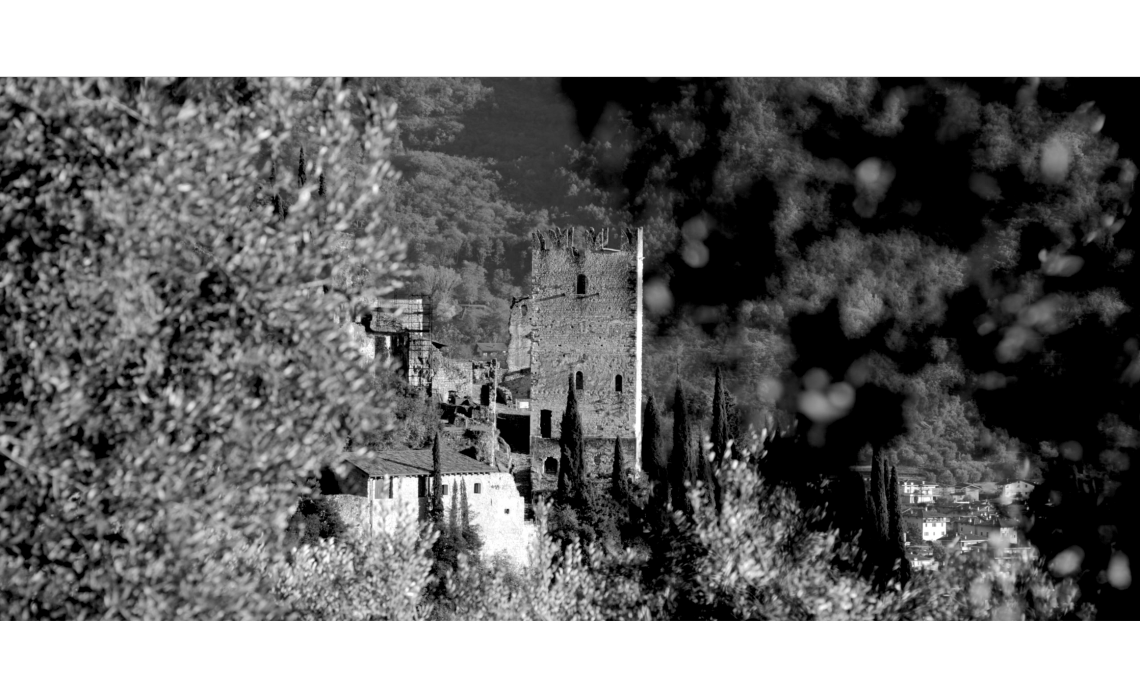
Umbria Harvest 2024
Umbria is often referred to as ‘the green heart of Italy’ for its position in the country and natural wealth; the central Italian region is a melting pot of art, history and olive heritage. Umbria is known for its high-quality extra virgin olive oil, which is a key part of the region’s gastronomic tradition. The olive trees in Umbria’s hills make the countryside silvery green. The region’s climate and geography are ideal for growing olives that produce low-acidity oil.
Umbria, as the rest of the world, faced the climate change this year, in particular:
Excessive rainfall, Heavy rains in May and June made it difficult for flowers to turn into fruit
Heatwaves, Scorching temperatures in July and August stressed the plants, causing them to drop their fruit
Slightly less severe drought and temperature conditions have also affected central regions, including Lazio and Umbria, home to many significant Italian olive oil companies.
In Umbria, spring rainfall and good flowering had initially raised hopes for a successful season despite this year being an ‘off-year’ in the olive trees’ natural alternate bearing cycle.
However, strong winds ,extremely high temperatures and dry weather are challenging local olive farmers. In Trevi, one of Umbria’s historic olive-producing areas, many olives show signs of dehydration.
“The current drought is alarming all olive producers in the region,” Paolo Morbidoni, president of the Umbrian Olive Oil Roads, told RAI news service. “At this moment, all growers need to be cautious and act to mitigate the impacts of the drought as much as possible.”
“The situation in our are mains manageable, though the heat is severely testing the resilience of the olive trees,” Luca Perotti, managing director at the award-winning Tuscan producer Pometti, told Olive Oil Times.
“The plants can endure high temperatures and lack of rain, but the fruits are suffering. Despite being abundant this season, they are turning black,” he said. “This is primarily due to consistently high temperatures exceeding 33 ºC to 35 ºC.”
Pometti said he is mitigating the impacts of the drought by using kaolin clay on his olives to shield them from direct sunlight and the olive fruit fly.
“Typically, this product is used to protect against the olive fruit fly, but we have discovered it also shields the fruits from ‘sunburn,’” he said. “At present, we can’t complain about the field conditions. The grassing and mulching from cutting the grass certainly helps retain good soil moisture. The foliage is dense, and satellite images confirm the positive impact of our efforts.”
Conditions vary significantly in some central and northern regions, where different weather patterns, milder temperatures and excessive rainfall have, in some cases, caused substantial damage.
“Italy is a country at the moment] meteorologically divided in two and an ongoing climate crisis that is severely challenging agricultural businesses,” said Cristiano Fini, thenational president of CIA-Agricoltori Italiani, a farmers’ association.
Follow our blog, we will post for more news about the new harvest soon.
Source: Teatro Naturale, Ofi & The olive oil time(By Paolo DeAndreis)

